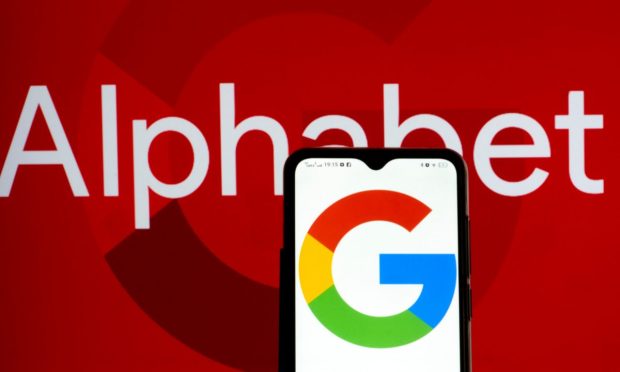Alphabet Sees Google as ‘Core Part’ of Everyday Commerce

Digital advertising headwinds have hit Alphabet — but the firm sees potential in cementing Google’s place in everyday commerce.
Advertising revenue for the fourth quarter was down 3.6% from last year, to $59 billion. YouTube ads were 8.1% lower to just under $8 billion.
CEO Sundar Pichai said during the conference call that “after a period of significant acceleration in digital spending during the pandemic, the macroeconomic climate has become more challenging.”
The earnings presentation took place against a backdrop where, as reported last month, Alphabet said it is cutting 12,000 jobs. One key area of sharpened focus will be artificial intelligence (AI).
And with a nod to AI during Thursday’s earnings call, he noted that Google Cloud is making AI available to enterprise customers through the company’s cloud AI platform, including infrastructure and tools for developers and data scientists. Google Cloud revenues were up 32% year on year to $7.3 billion. Pichai also noted on the call that it has introduced a revenue sharing feature benefiting creators through which they earn a percentage of revenues from ads viewed around the videos.
YouTube Shorts, he said, “are now averaging over 50 billion daily views, up from the 30 billion I announced on the Q1 2022 call.”
The company’s subscription business has grown across the music and premium content offerings, and now has surpassed 80 million subscribers, according to commentary on the call.
CBO Philipp Schindler said that, “It’s important to recognize that our advertising business has obviously benefited over the past decade from the transition to mobile. More recently, we had outsized growth in advertising revenues during the pandemic, with 2022 advertising revenues $90 billion higher than in 2019. Going forward, we’re focused on growing revenues on top of this higher base.”
Long-Term Retail Strategy
Schindler said that the company’s retail strategy has several pillars.
“We’re on a multiyear mission to make Google a core part of shopping journeys for consumers — and in a valuable place for merchants to connect with users,” he said. To that end, the company will seek to improve its consumer experiences with a “more visual, immersive, browsable source.” The company is also empowering merchants to participate in the company’s free listings and ad experiences.
“In 2022, we saw an uptick in merchants, particularly SMBs and product inventory coming onto Google,” said Schindler. And in discussing YouTube and content, he noted, “More creators means more content, means more viewers, which leads to more opportunities for advertisers. The creator ecosystem and our multi-performance strategy will continue to drive YouTube’s long-term growth.”
Within YouTube, he said, the company will continue to focus on “shoppable” YouTube. “It’s still nascent,” he said, “but we see lots of potential in making it easier for people to shop from the creators, brands and content they love.”
During the question-and-answer session with analysts, CFO Ruth Porat said that the company continue to invest in the technical infrastructure underpinning those initiatives, and noted that AI is already incorporated in many of its products, including Performance Max and Smart Bidding. “It’s more computing intensive, but also opens up many more services and products for our users, for creators and for advertisers.”
